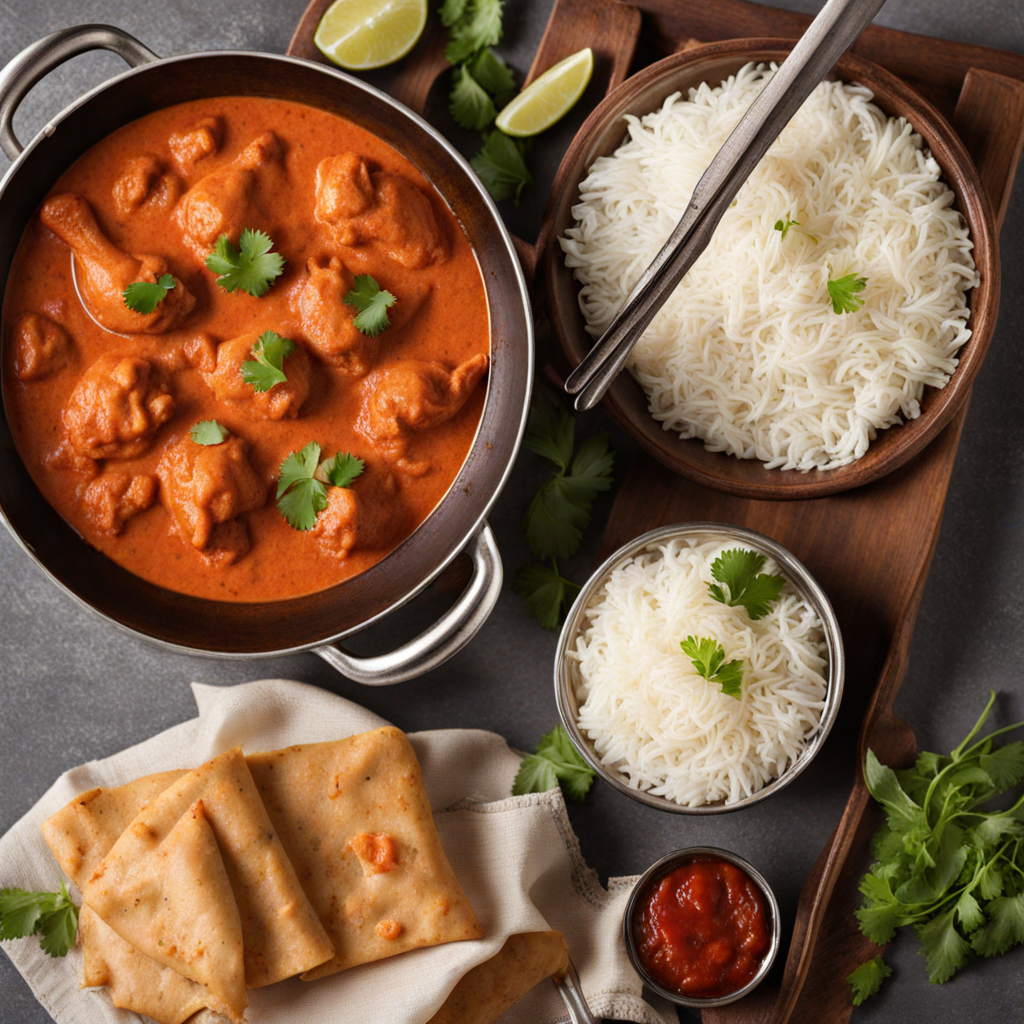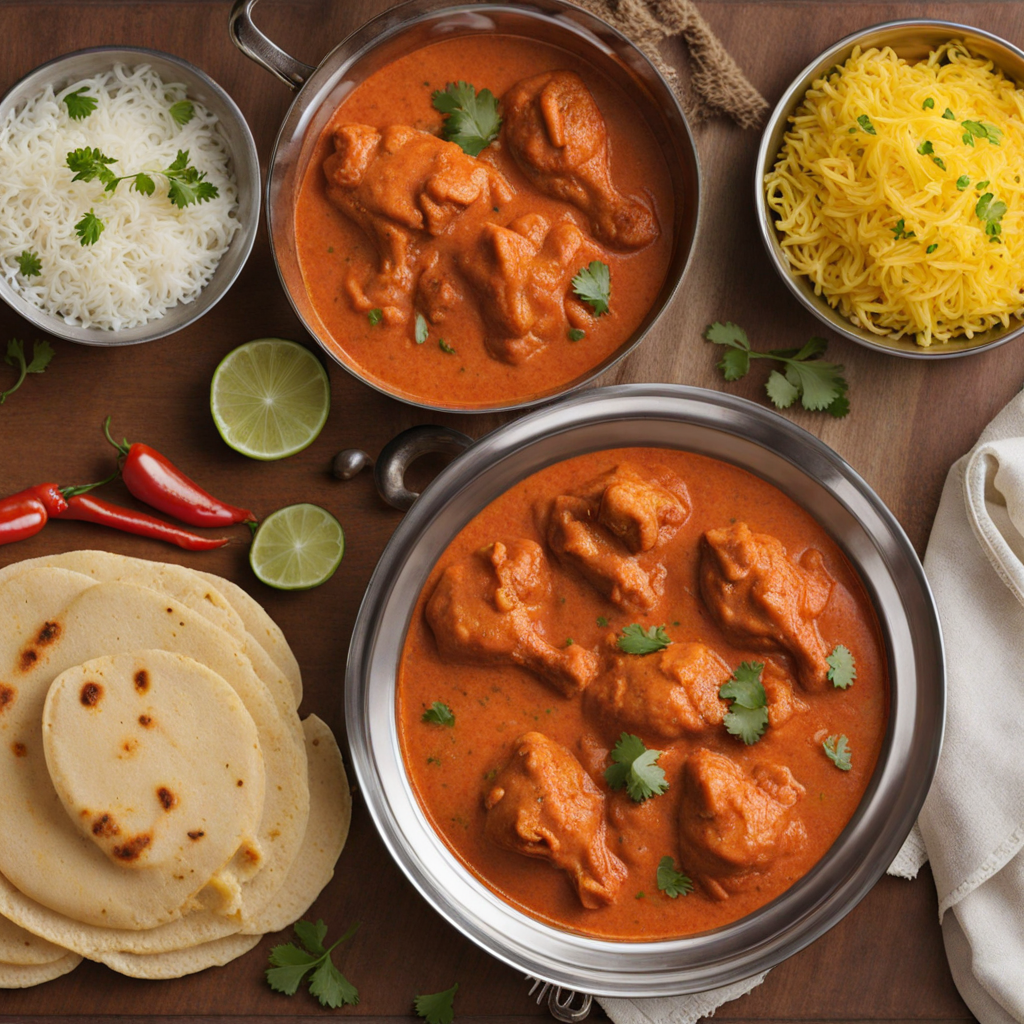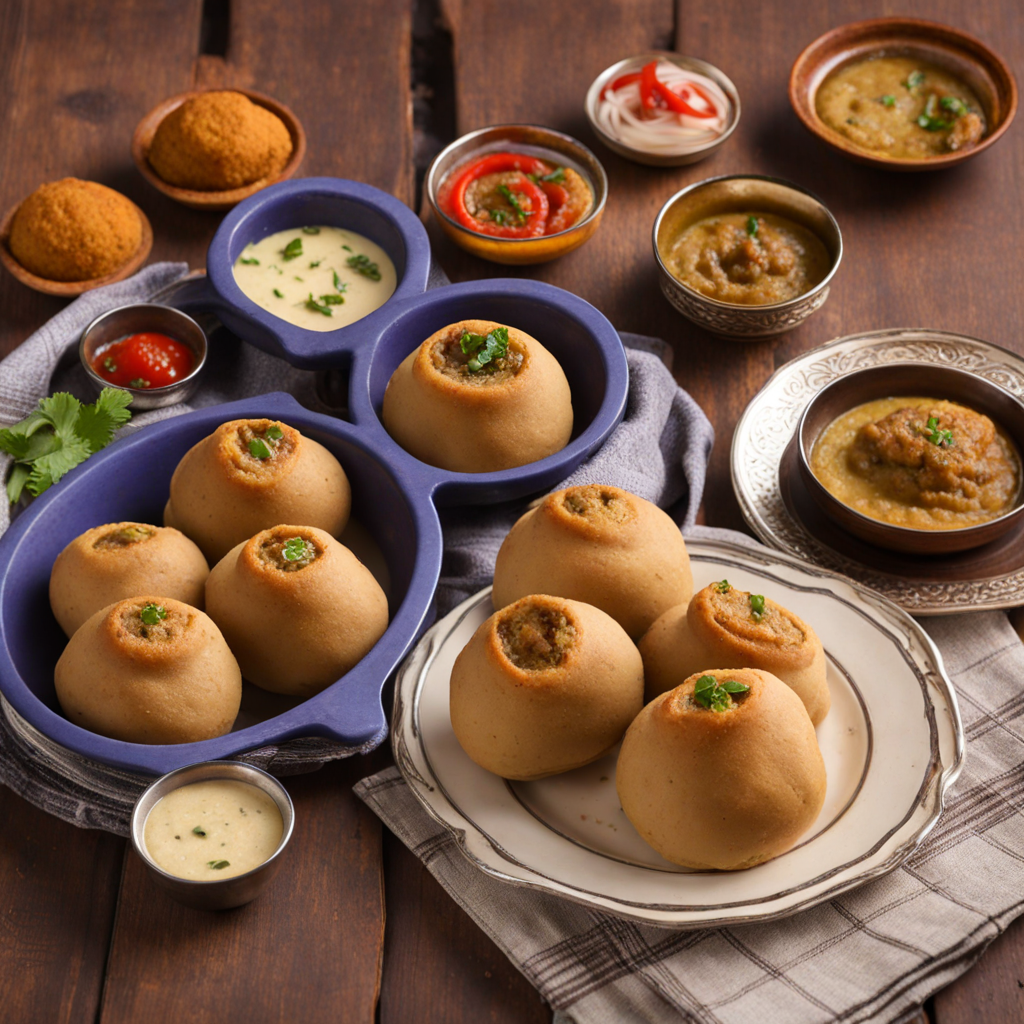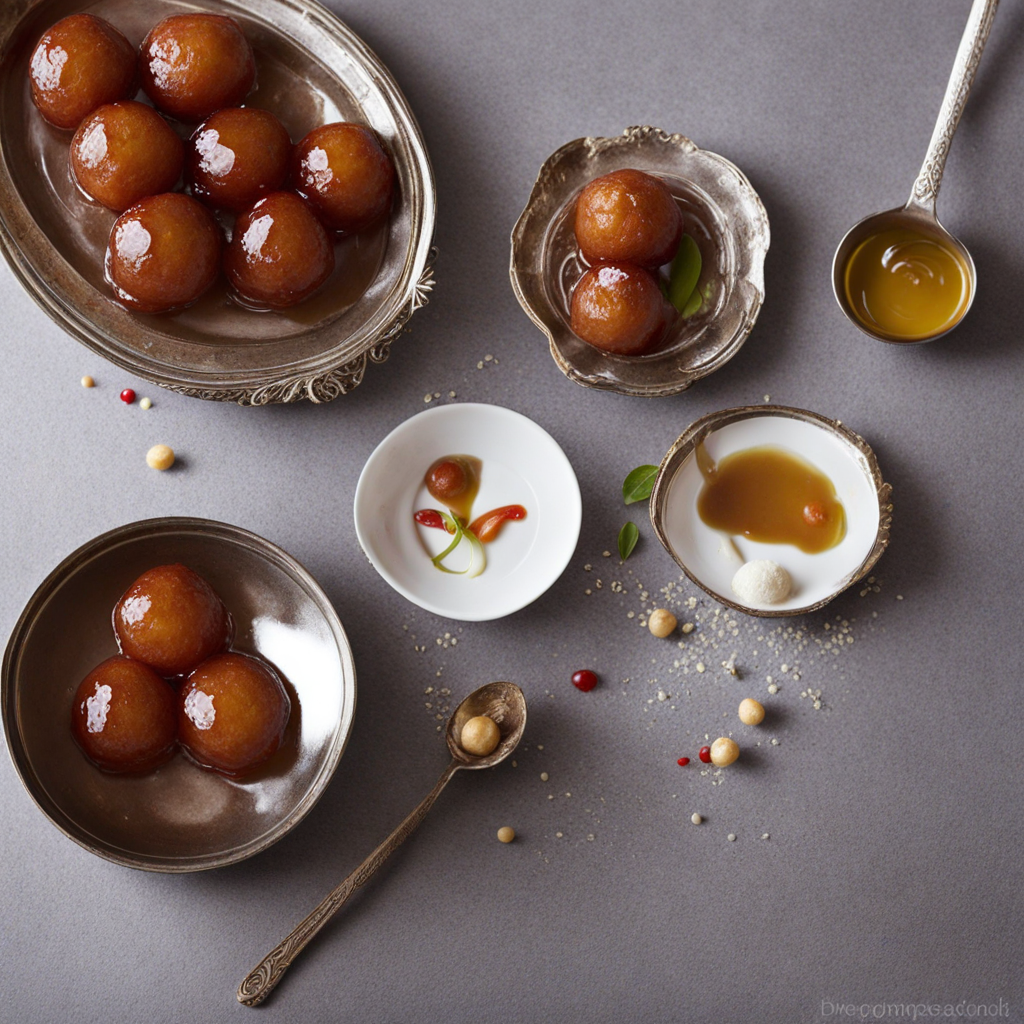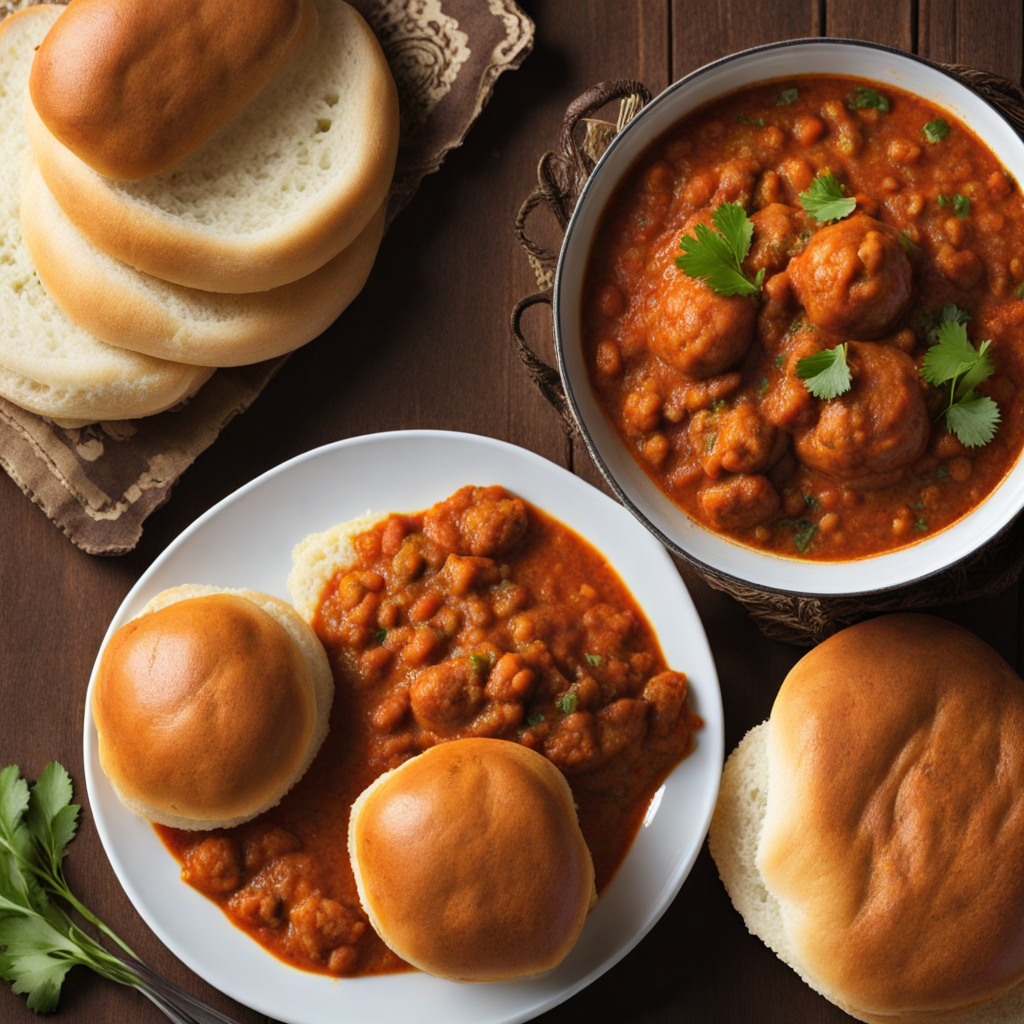Butter Chicken
Butter Chicken, known as Murgh Makhani in India, is a rich and creamy dish that embodies the essence of Indian cuisine. The secret to its delightful taste lies in the marination of tender chicken pieces in a blend of yogurt and an array of spices, including garam masala, cumin, and coriander. Once marinated, the chicken is grilled or roasted, giving it a smoky flavor that perfectly complements the luxurious sauce. The dish is often finished with a generous swirl of butter and cream, creating a velvety texture that clings to the chicken, making each bite incredibly satisfying. What truly sets Butter Chicken apart is its sauce, which is a harmonious blend of tomatoes, garlic, ginger, and spices simmered to perfection. The tomatoes lend a tangy sweetness, while the spices infuse depth and warmth, making the sauce both comforting and complex. The addition of fenugreek leaves, or kasuri methi, adds an aromatic finish that elevates the dish to new heights. This sauce is not only delicious on its own, but it also serves as a perfect accompaniment to naan or rice, allowing you to savor every drop. Butter Chicken is more than just a dish; it is an experience that offers a taste of India's culinary heritage. Often enjoyed at family gatherings and celebrations, it embodies the warmth and hospitality of Indian culture. Whether you are trying it for the first time or indulging in a familiar favorite, the enchanting flavors of Butter Chicken will leave you yearning for more, inviting you to explore the rich tapestry of Indian cuisine.
How It Became This Dish
Origin of Butter Chicken Butter Chicken, known as 'Murgh Makhani' in Hindi, has its roots in the vibrant culinary landscape of Delhi, India, during the 1940s. Its creation is attributed to the chefs at the Moti Mahal restaurant, a landmark establishment founded by the late Kundan Lal Gujral. The story goes that the chefs, in an effort to utilize leftover tandoori chicken, decided to cook it in a rich, creamy tomato-based sauce. This was not only a way to reduce food wastage but also to create a dish that would tantalize the taste buds of their patrons. The marriage of flavors and textures in this dish quickly captivated the hearts of many, and thus, Butter Chicken was born. The essence of Butter Chicken lies in its rich sauce, which is typically made from tomatoes, butter, cream, and a blend of aromatic spices. The use of butter and cream is a nod to the Indian tradition of cooking with ghee, which not only enriches the flavor but also reflects the culinary practices of the region. As the dish gained popularity, it became a staple in many households and restaurants across India and eventually around the world. \n\n Cultural Significance Butter Chicken is more than just a dish; it represents a fusion of flavors and cultures that epitomize the Indian subcontinent's culinary diversity. The dish is often associated with the Punjabi culture, known for its rich and hearty food. Punjab, with its agricultural abundance, has a long tradition of using dairy products, which is evident in the creamy texture of Butter Chicken. The dish symbolizes the warmth and hospitality typical of Punjabi culture, often served at family gatherings and special occasions. As Indian cuisine began to spread globally in the late 20th century, Butter Chicken emerged as one of the most beloved Indian dishes outside of India. Its creamy, mildly spiced flavor profile made it an accessible choice for those unfamiliar with Indian cuisine. This dish not only introduced international audiences to Indian flavors but also fostered a greater appreciation for the culinary artistry of India. Today, Butter Chicken is often featured on the menus of Indian restaurants worldwide, signifying its status as a cultural ambassador for Indian cuisine. \n\n Development Over Time Over the decades, Butter Chicken has evolved, with chefs experimenting and adding their unique twists to the traditional recipe. While the classic version remains beloved, variations have emerged, catering to diverse palates and dietary preferences. For instance, some chefs have introduced healthier adaptations by using less cream or substituting yogurt for a lighter sauce. Others have created vegan versions using plant-based ingredients, ensuring that Butter Chicken remains relevant in the context of modern culinary trends. The dish has also inspired a plethora of fusion recipes. In contemporary kitchens, one can find Butter Chicken pizzas, pastas, and even sushi rolls, showcasing the versatility of this iconic dish. Such adaptations reflect the dynamic nature of food culture, where traditional recipes are reimagined to suit modern lifestyles and tastes. The continued innovation surrounding Butter Chicken serves as a testament to its enduring popularity and relevance. \n\n Regional Variations While Butter Chicken is most commonly associated with North Indian cuisine, regional variations of the dish can be found throughout India. In the southern states, the use of coconut milk and local spices adds a distinct flavor profile, creating a version that is altogether different yet equally delightful. In the western state of Maharashtra, some chefs incorporate local ingredients such as cashew nuts to enrich the sauce further. Moreover, the dish's adaptability extends to the type of protein used. While chicken is the traditional choice, variations using lamb, fish, or even paneer cater to diverse dietary preferences across India and the diaspora. These regional adaptations not only highlight the versatility of Butter Chicken but also underscore the regional diversity that characterizes Indian cuisine. \n\n Butter Chicken in Popular Culture The influence of Butter Chicken extends beyond the kitchen and into popular culture. It has been featured in numerous television shows, movies, and cookbooks, solidifying its status as an iconic dish that represents Indian cuisine. The dish's comforting nature and rich flavors have made it a favorite among food enthusiasts, often celebrated in food festivals and culinary events around the world. Additionally, the global popularity of Butter Chicken has sparked interest in the broader spectrum of Indian cooking techniques and ingredients. It has encouraged many to explore Indian cuisine more deeply, leading to a greater appreciation for the diverse flavors and cooking traditions that exist within the country. This cultural exchange has played a crucial role in elevating Indian food on the global culinary stage. \n\n Conclusion Butter Chicken stands as a testament to the rich culinary heritage of India, demonstrating how a simple dish can transcend borders and generations. From its humble beginnings in a Delhi restaurant to its status as a global favorite, Butter Chicken continues to captivate food lovers with its rich flavors and creamy texture. The dish embodies the spirit of innovation, adaptability, and cultural exchange that defines Indian cuisine. As it evolves and inspires new generations of chefs and food enthusiasts, Butter Chicken remains a beloved symbol of India’s diverse and dynamic culinary landscape.
You may like
Discover local flavors from India


